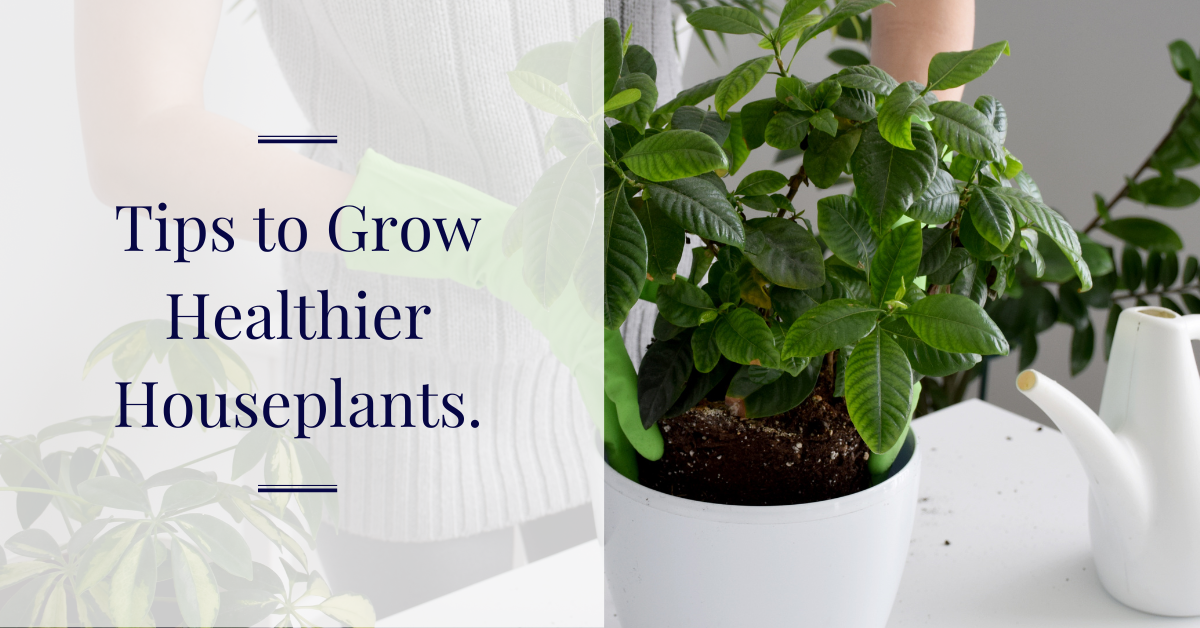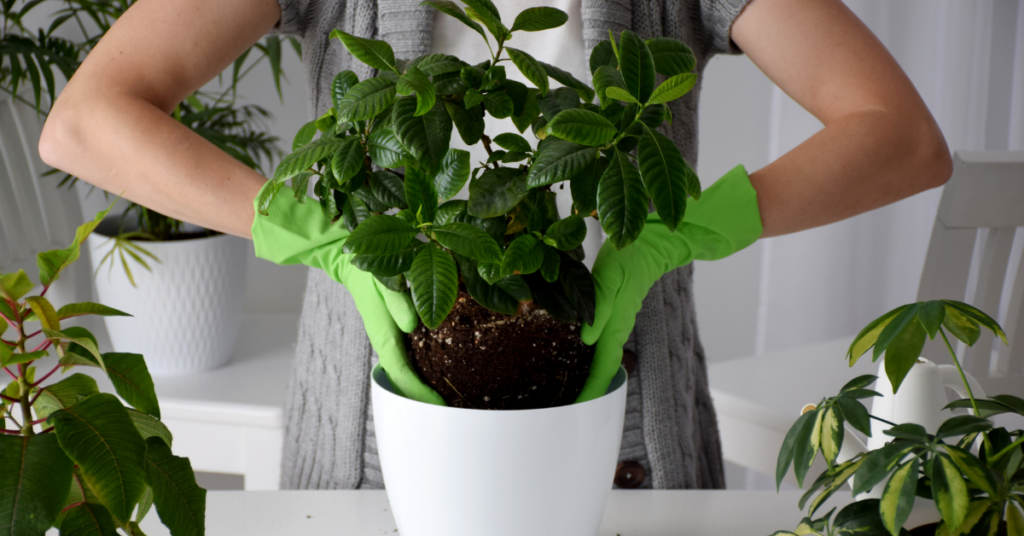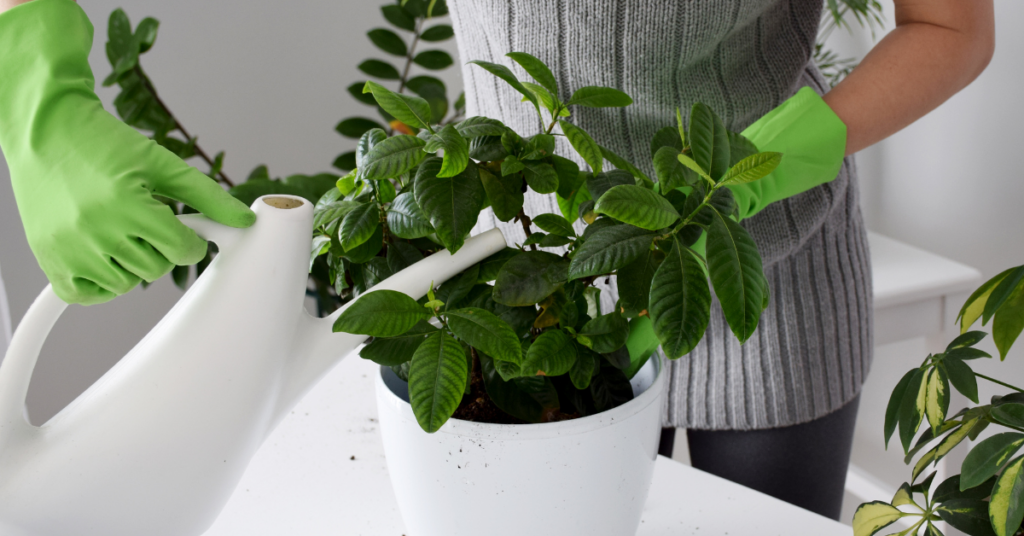
Tips to Grow Healthier House Plants
Do you struggle to keep your houseplants alive? Everybody is capable of growing healthy indoor plants, but first you need to understand the plant care basics. Also, you need to listen to your plants when they tell you what they need! So read on for our top tips grow healthier house plants…

1. Choose where you buy your plants from carefully
When buying your plants, we suggest going to a reputable garden centre or nursery – especially if you are a beginner. They are more likely to offer you better advice than a general store, ensuring you receive the correct education about the particular plant you are purchasing.
2. Do you have a habitable area for your plant?
Certain plants have specific requirements, such as access to light, temperatures, humidity etc. When purchasing your plants, ensure you educate yourself on what you are buying in order to guarantee you have a space in your home for the plant to thrive!
3. Repotting
Always repot your plants when you bring them home. Ideally, use a pot that’s approximately 1 – 2 inches larger than the original pot. For example, a 6 inch plant should go in a 7 – 8 inch pot giving it room to grow (however, only move up one pot size at a time, oversize pots mean extra soil and excess water!). It is also essential that your pot has drainage holes – a pot without drainage holes will result in you having to be more careful when it comes to watering! When using drainage holed pots you will also need to make sure you have something to catch the excess water – whether this be a saucer or an external pot.

4. Spray with an insecticide
When you first bring a plant home, give it a spray with an insecticide / pesticide to make sure any insect is killed before you begin mixing it with your other plants to prevent infestation.
5. Quarantine
After spraying your plant down, you will want to set aside an area in your home to quarantine your plant to maximise prevention of infestation. Ideally you should set the plant aside in a room that doesn’t contain any other plants.
6. Watering
Improper watering is the number 1 cause of houseplant damage. The soil will tell you whether your plant needs watering or not. Feel the soil an inch or two deep. If the soil is wet and smells then it has been overwatered and it beginning to rot, if it is bone dry and dusty, water it. Plants don’t often come from cold environments. Therefore, we recommend you water your plant with warm water – this enables the water to soak into the soil quicker.
Also, you don’t want to tip lots of water over the entirety of your plant, you want to directly stream the water to the base of the plant. Use a little bit of water at a time, allowing time to soak into the soil, keep topping up with small amounts until your soil is saturated and you see water escaping through the drainage holes. Let the plant sit in the excess water for about a day, if the water hasn’t been absorbed within this period then throw away the excess water.

There are many other ways you can promote a healthy houseplant. These include; using a high quality fertiliser, regular pruning to remove dead foliage and ensuring they get ample sunlight!
Get in touch for more tips to Grow Healthier House Plants!
Alternatively, if you are wanting additional advice, please contact us today to speak to one of our experts. Or, why not visit our Facebook page to see our latest news!
Other Articles You Might Like:
For more articles, visit our news page.
